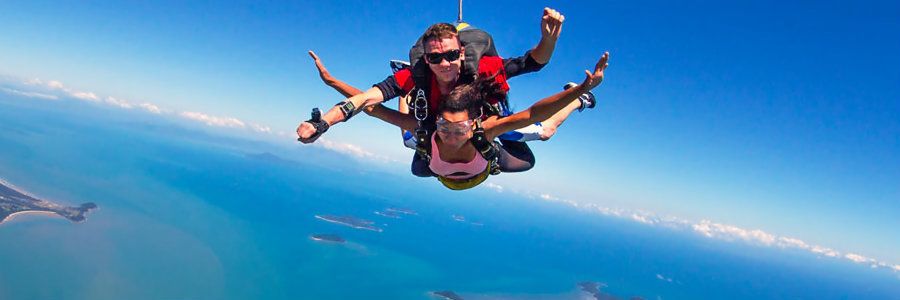The Fish River Canyon is located in southern Namibia, West Africa. As the second largest canyon in the world, it's a very popular destination among tourists. Although dry with only a small series of pools for most of the year, late summer flooding breathes new life into the 404 mile Fish River. Spectacular panoramic views await visitors of the Fish River Canyon, particularly at Hell's Bend, a scenic overlook named after a horseshoe shaped bend in the river.
With a length of 650 kilometres the Fish River is the longest river in Namibia. Its source lies in the eastern Naukluft Mountains. South-west of Ai-Ais it flows into the Oranje. The Fish River canyon, situated along the lower reaches of the Fish River, is one of the most impressive natural beauties in the southern part of Namibia. With a depth of up to 550 metres, the Fish River Canyon is the second largest canyon in the world. The enormous gorge meanders along a distance of approx. 160 kilometres through the fissured Koubis massif all the way down to Ai-Ais. The canyon starts near Seeheim. It is 161 kilometres long and ends at Ai-Ais.
The Fish River Canyon probably formed about 500 million years ago during the pluvial times - a rainy climatic epoch - many millions of years ago. However, the gorge was not only created by water erosion, but also through the collapse of the valley bottom due to movements in the earth's crust. Because the Fish River is being dammed in Hardap near Mariental, it only contains a small amount of running water. In winter, during the dry season, the river bed is often completely dry or reduced to just some puddles here and there. However, after rainfalls in summer the river can become a raging torrent.
Exteriors of the resort
The canyon is part of a national nature conservation park. The gate is situated at the restcamp Hobas. From there, you have to drive another 10 kilometres to the actual canyon which offers a stunning view of the famous "Hell's Bend".
relax while enjoying the atmosphere of the wild
The Fish River Canyon has become a popular hiking destination. However, hikes require good physical health and can only be undertaken during the cooler winter months (between May and September). A permit from Namibia Wildlife Resorts in Windhoek must be obtained. The hike is 86 km in length and takes about 5 days. Much easier hikes, no less beautiful, are offered in the bordering private "Canyon Nature Park". The adjacent "Gondwana Canyon Park", also private, offers scenic hikes as well. They also have excellent accommodation.
don't miss this atmosphere



































